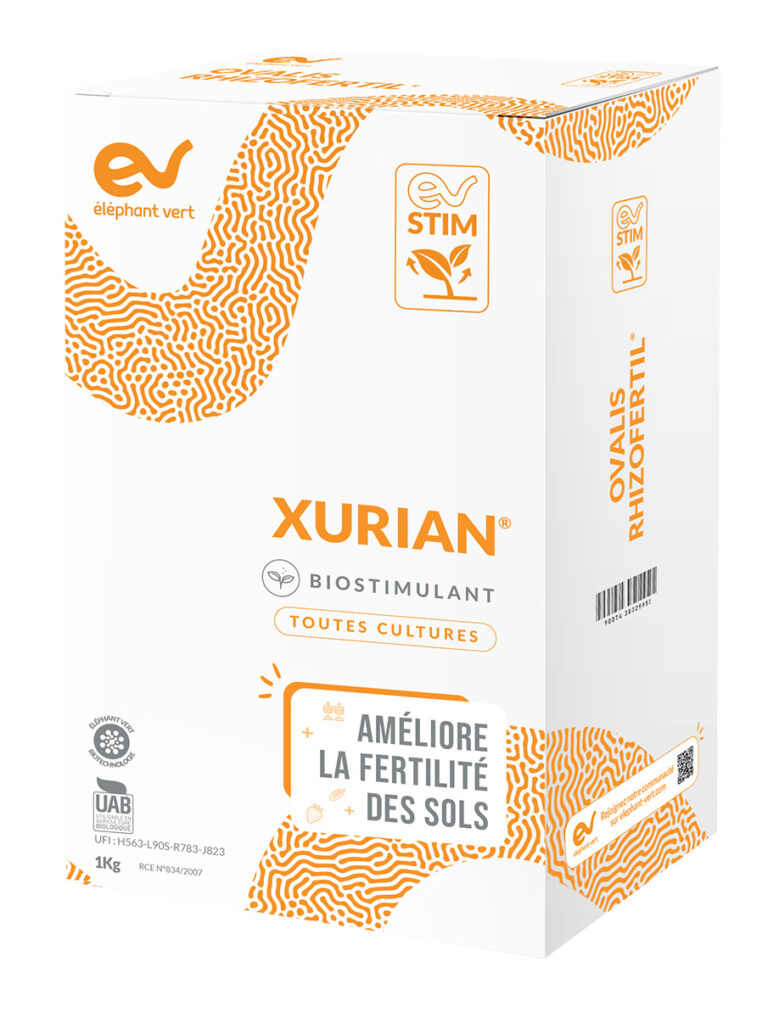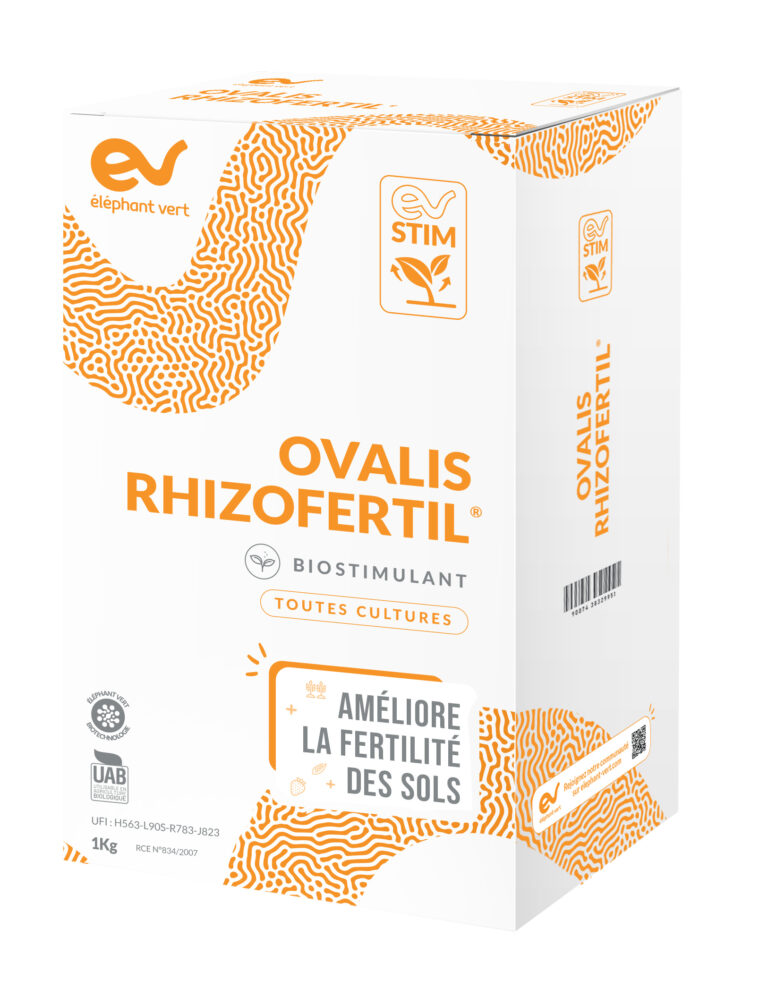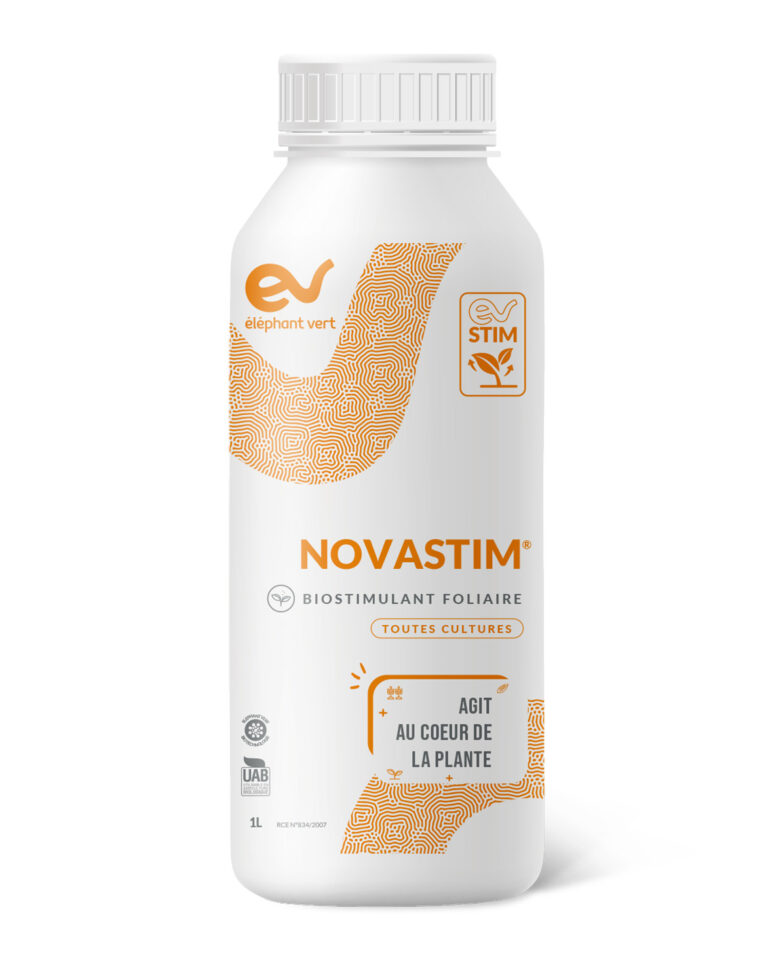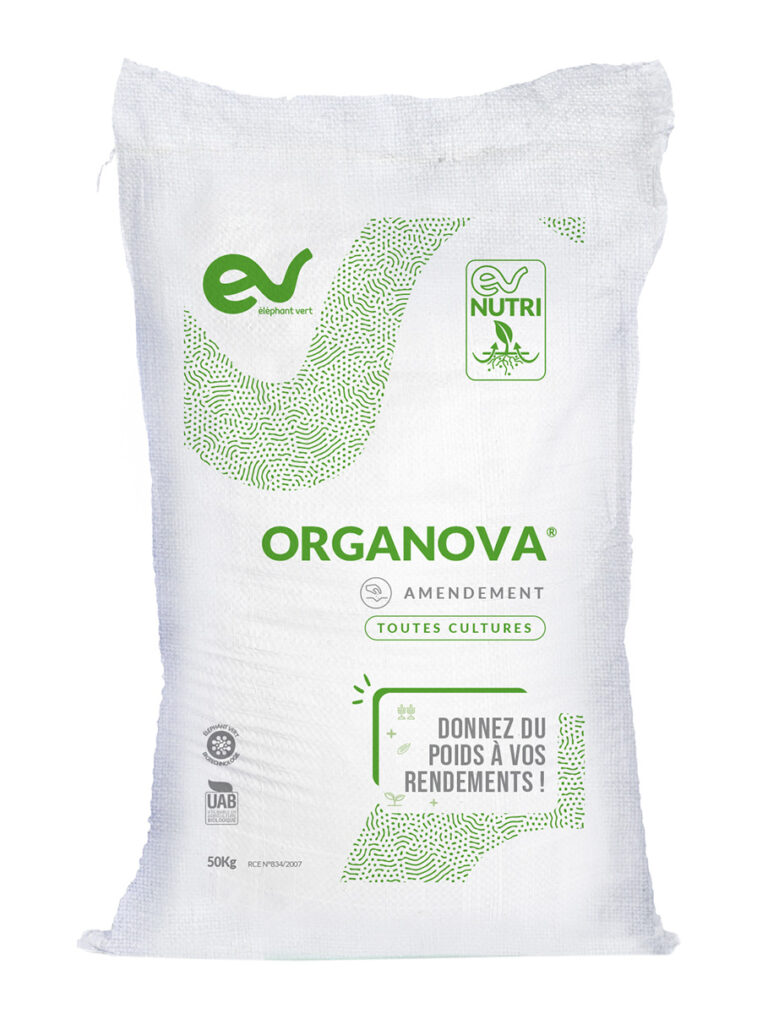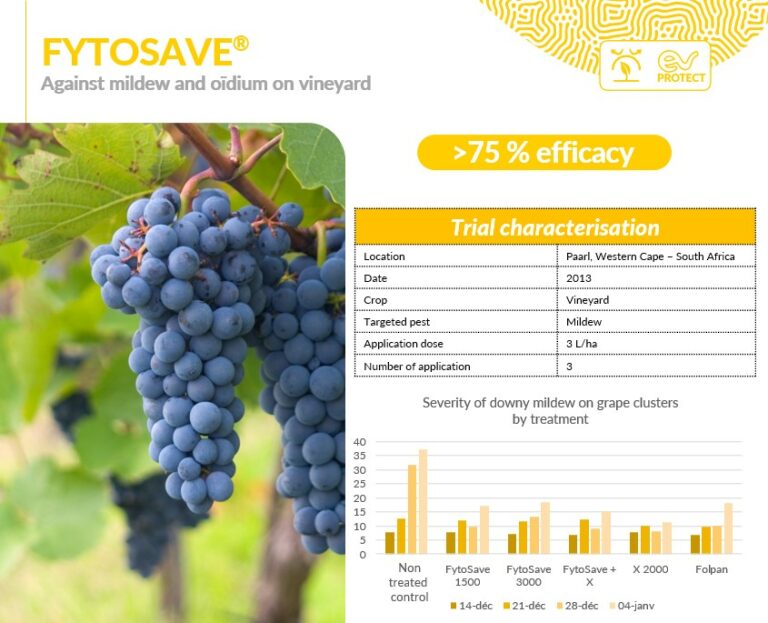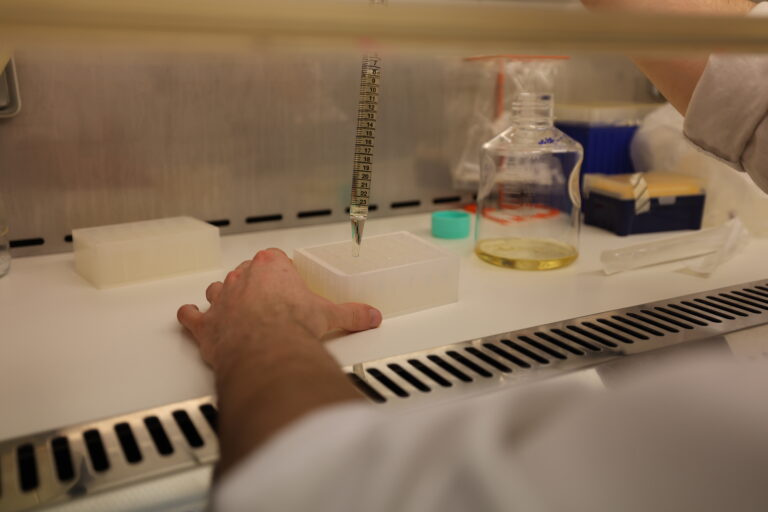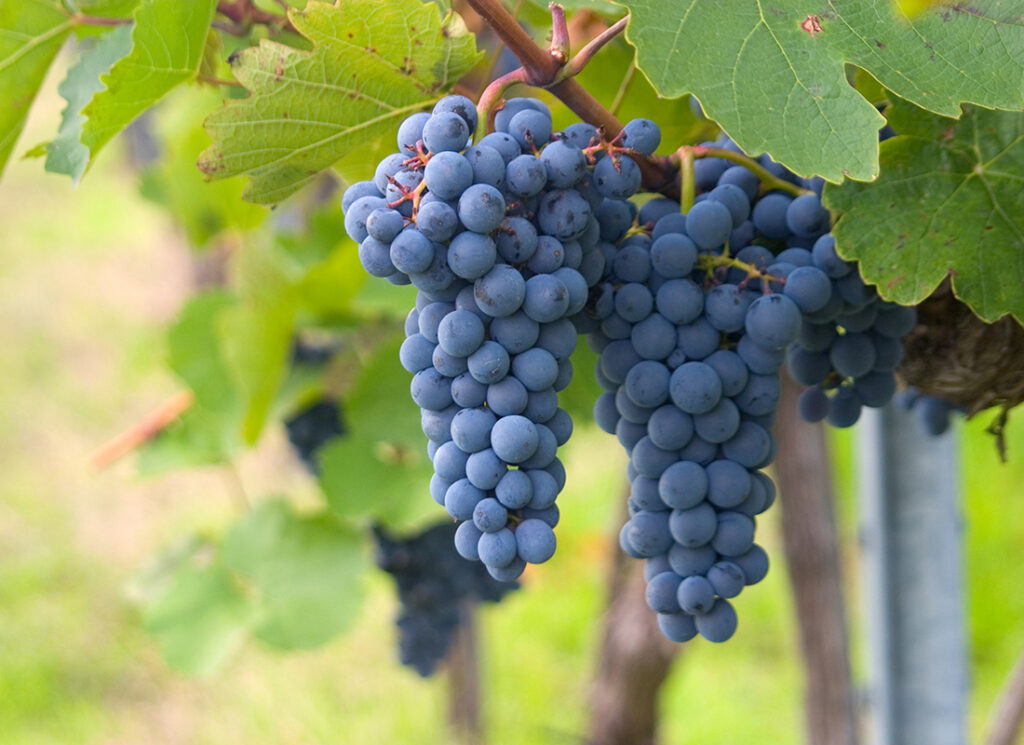
The vine
Cultivated on more than 7.3 million hectares worldwide, the vine is one of the oldest crops on earth. The most common grape varieties are Cabernet Sauvignon, Merlot, Airen, Tempranillo, Chardonnay and Shiraz.
On a worldwide scale, 40% are used for wine, 40% for table grapes and 8% for raisins. The largest producers are France , Spain, China and Italy.
EV accompanies you in the main challenges you have to face: the adaptation of crops to climate change, including global warming, and the growing demand for organic products.
EV solutions at different BBCH stages
Our Advices
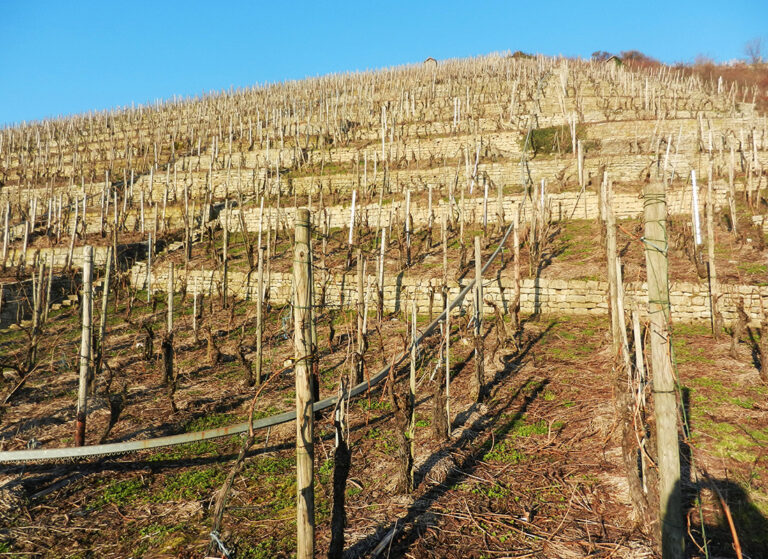
Optimizing the dormancy period
Pruning is essential during this period. It is also the right moment to enrich the soil with a punctual contribution of manure to stimulate it.
Applications of Xurian® and/or Activ Tonic boost vegetation recovery and benefit the plant throughout the year.
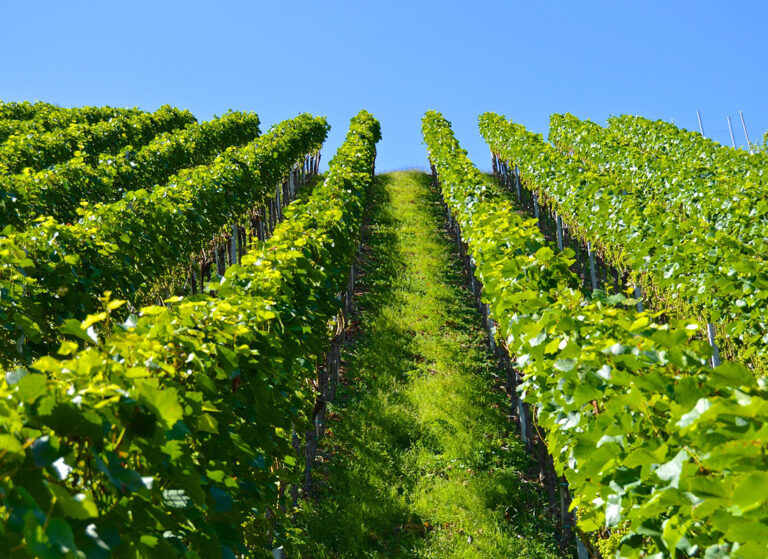
Stimulate vegetation recovery
Once the first leaves have developed (spread out and away from the shoot), the first foliar treatments can begin: algae-based biostimulants such as Vitality® allows for better photosynthesis, while Novastim®, a concentrate of secondary metabolites of Bacillus Subtilis, will strengthen the plant, making it more resistant to abiotic stresses (possible sudden cold spells in the spring in particular) and increase its resistance to the sun and diseases.
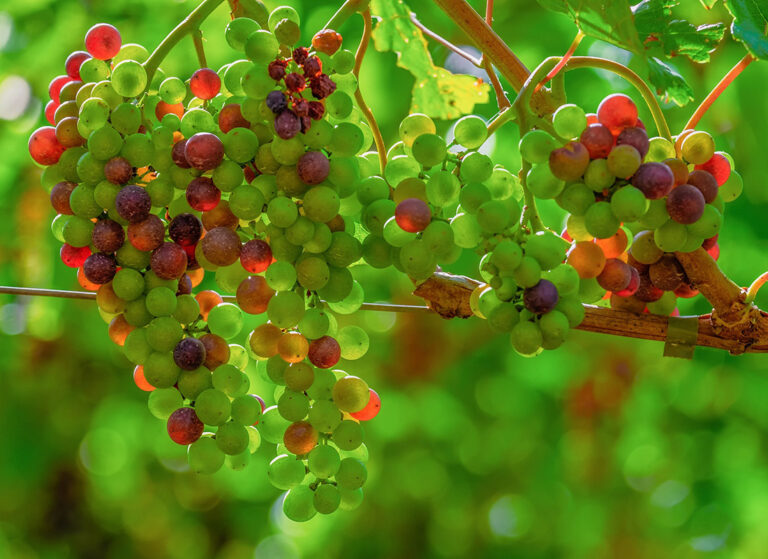
Preventing diseases during flowering, berry formation and veraison
Prevention is the best way to guarantee a healthy and vigorous plant, and to avoid the recurrent use of phytosanitary products.
The biostimulants manufactured by Elephant Vert are perfectly adapted to the needs of the vineyard, and allow the facilitatation of the wine grower’s work so as to make their exploitation more profitable.
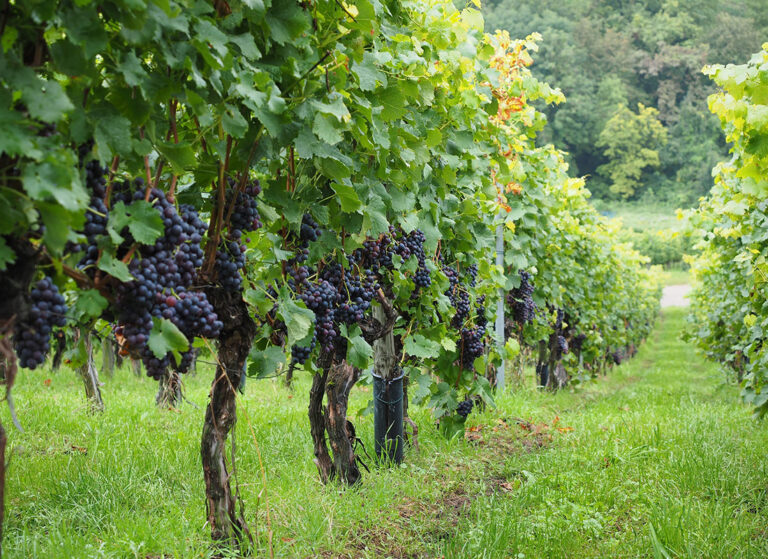
Harvest Maximization
The use of Novastim® two or three weeks before the harvest favors the homogeneity of the ripening of the grapes, thus avoiding big differences between the analyzed samples and the reality of the plot.
Insects and diseases
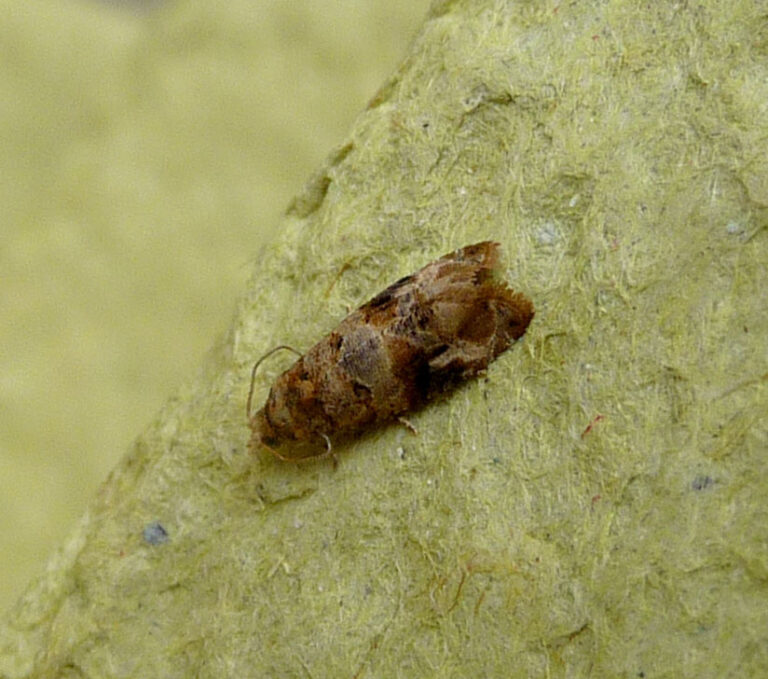
Eudemis or European Grapevine Moth is a small lepidopteran insect of the Tortricidae family...
Eudemis (Lobesia Botrana) or European Grapevine Moth is a small lepidopteran insect of the Tortricidae family, whose caterpillar develops inside the fruit.
It is treated with bioinsecticides But current prevention methods such as mating disruption are proving to be increasingly effective.
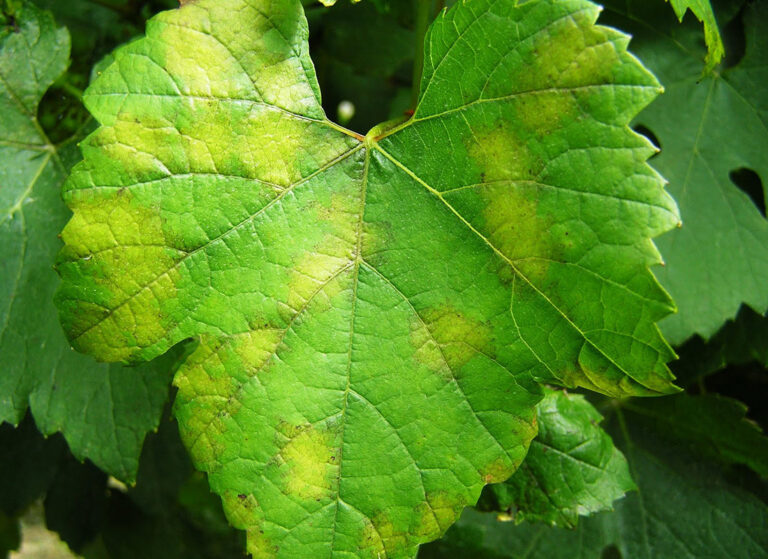
Mildew is a very common cryptogamic disease caused by an oomycete fungus which degrades the leaf. To avoid its propagation, it is necessary to have good culture practices, and in particular avoiding the accumulation of water etc.
Having a well-drained soil, with an important microbial life, our root biostimulant Xurian/Ovalis can be added.
To treat diseases, copper is recommended. Other solutions based on natural substances and micro-organisms are emerging.
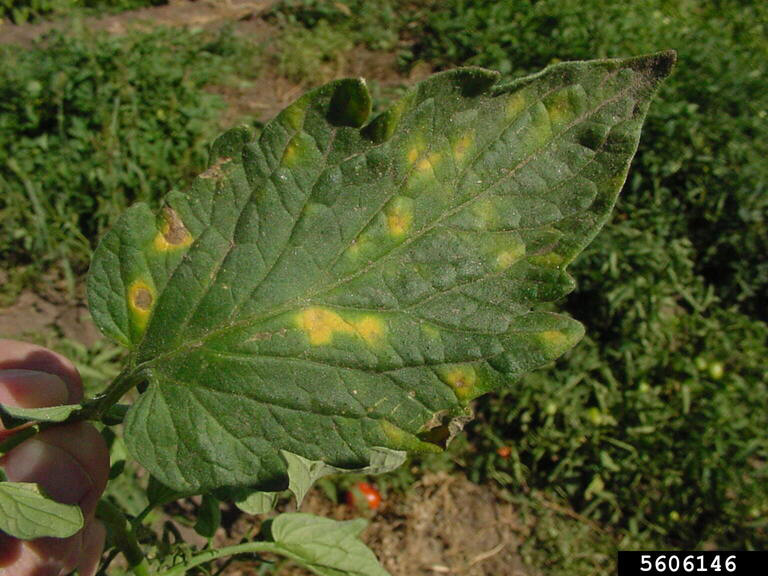
Cryptogamic disease caused by an ascomycete fungus, also known as white rot…
Cryptogamic disease caused by an ascomycete fungus, is also known as white rot, attacks the leaves, shoots and grapes.
After the onset of the disease, sulphur treatments in its various forms are frequently used.
As with mildew, effective solutions based on other natural substances or microorganisms are emerging.
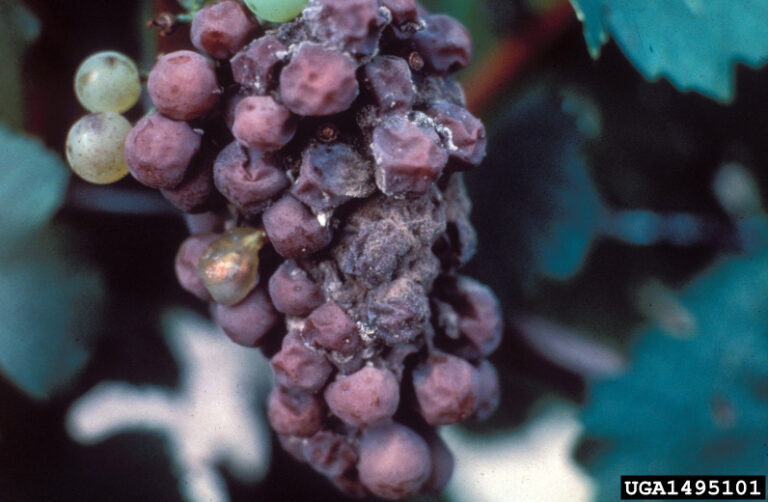
Botrytis is caused by the Botrytis cinerea fungus and is a disease feared by oenologists...
This cryptogamic disease is feared by oenologists because it has harmful effects on the quality of musts. It is a grey rot which develops as much in the open air as under glass It attacks the vine, whatever its stage of development, and its speed of propagation and growth as well as its capacity to survive in the soil make it a tenacious adversary. Prevention and in particular, hygiene and pruning, are essential ingredients of prevention.
Our Products
Our latest news
JOIN OUR COMMUNITY
And receive our news every quarter. Innovations, seasonal products, crop advice and commercial animations for an efficient and sustainable agriculture.
Your email is only used to send you our newsletters. You can use the unsubscribe link in each email at any time. To learn more about the management of your data and your rights, you can consult our Privacy Policy
- Offer farmers high-performance and accessible biosolutions
- Contribute to the development of sustainable agriculture and the ecological transition
- Generate a positive environmental and societal impact
Your email is only used to send you our newsletters. You can use the unsubscribe link in each email at any time. To learn more about how we manage your data and your rights, you can read our Privacy policy.

